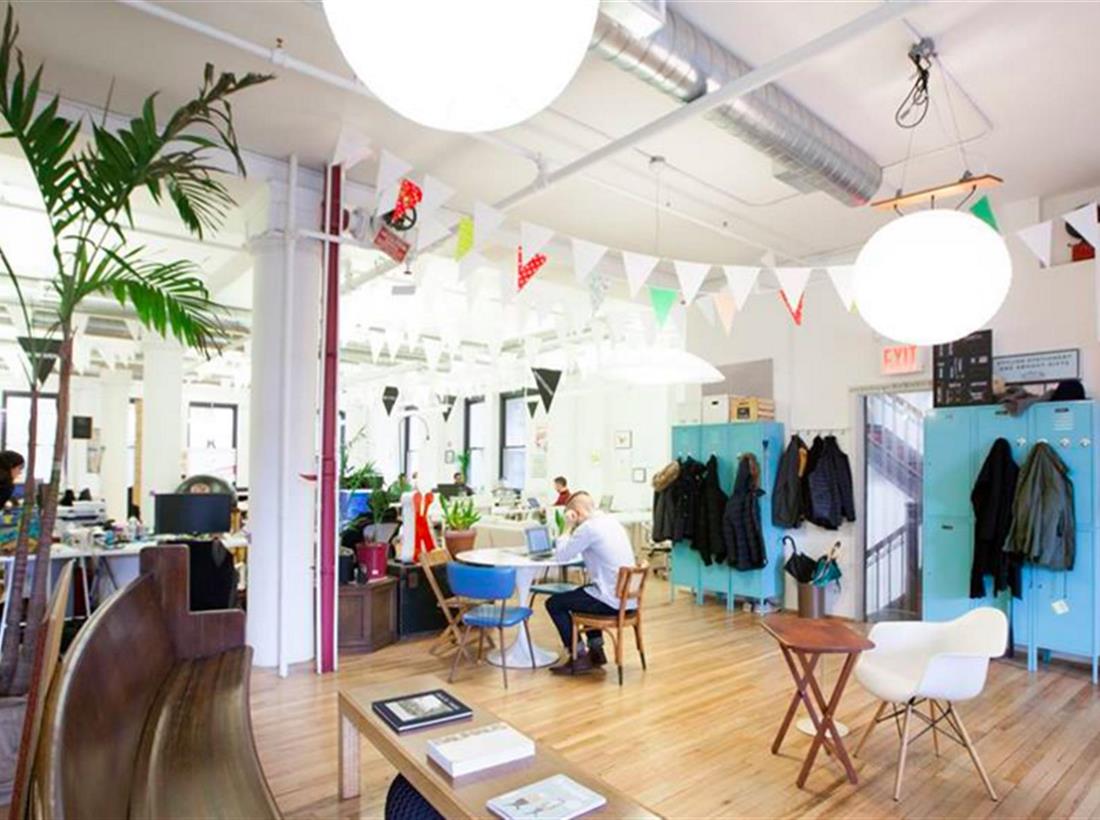
The Future of the WorkspaceBy Dr. Amol Sarva From the time the physical office was first invented (picture Mr. Scrooge’s counting house) to the start of the twentieth century, little had changed. Then, in the 1950’s there was a great leap forward as architect Mies Van Der Rohe put the finishing touches on the Seagram building—a steel and glass box, every floor like an Excel spreadsheet of workers at desks. But things are changing. Knotel—now running eight company-sized workspace locations serving hundreds of founders in New York—is part of the first big wave of change since the cubicle. Here’s the megatrend in four ideas: Headphones and cell phones. The office is quiet now and there is little paper, so people sit closer together, needing fewer walls. The office or the couch? You and your team can work from anywhere, and often choose to do so. So running an office is partly about making it a place people want to go. Too much or too little. Change is now a constant in headcount, especially with flexible hiring models. So your real estate needs are literally unknown. You need an on-demand office, not ten-year leases. It’s the physical social network. Internally, so your people can bump into each other and connect, and externally, so they can bump into new people and ideas. The office is to your company what a city is to a society – “where ideas have sex,” to borrow from legendary VC Steve Jurvetson. Amol Sarva, Ph.D. is the founder of Knotel, Knotable, and Halo Neuro. @amol

